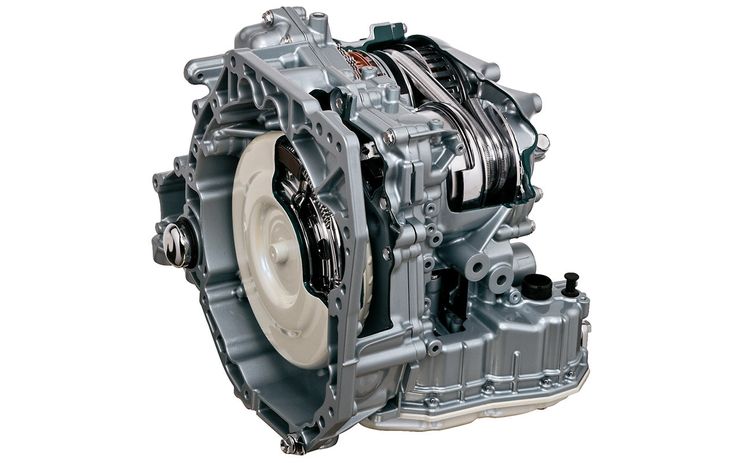When buying a “used” car, it is often difficult to determine in what “conditions” the most expensive units are. Like, for example, as a variator. Therefore, the AvtoVzglyad portal talks about the methods of experienced outbidding, which in just a few tricks determine whether the CVT is “alive” or needs repair.
First you need basic knowledge of equipment. They can all be found on the internet. Find the technical characteristics of the variator of the car you are going to buy. For example, Jatco JF015E, which was installed on such popular models as Nissan Juke, Renault Arkana and LADA Vesta. The Japanese made it light and compact. Unfortunately, this had a bad impact on the node resource. The result – Vesta with CVT loses in price faster than its “mechanical” version.
The Japanese have repeatedly modified their descendants. In 2015, we changed the control program and strengthened the bearings. So it is safer to look for a car “born” in 2016 or later.
Next, you need to see if the unit has a dipstick to check the level of the lubricant (on “our brands” it is). The first step is to remove it and evaluate the purity of the oil. The blacker it is, the more wear products it contains. In other words, during the operation, the couplings, cones and belt have become quite. Or the owner has not maintained the device at all. Both have a negative effect on gearbox performance.
Then we take a sheet of white paper and drip a few drops of lubricant on it. If you find obvious abrasive particles on the sheet after drying, it’s bad. You must absolutely refuse such a purchase.
After starting the engine, listen to the car. There should be no bearing noise in the box. The “Drive” and “Reverse” modes should be engaged immediately. “Shock” recording will tell about problems with the hydraulic control system. Let’s just give it a push.
It’s time to check the operation of the transmission in motion. Moreover, this must be done both immediately, when the oil has not yet warmed up, and afterwards, when all fluids have reached operating temperature. In both cases, acceleration should be smooth, without jerks and lags. This is the only way to conclude that the CVT is still “alive” and will work to the delight of the new owner.
First you need basic knowledge of equipment. They can all be found on the internet. Find the technical characteristics of the variator of the car you are going to buy. For example, Jatco JF015E, which was installed on such popular models as Nissan Juke, Renault Arkana and LADA Vesta. The Japanese made it light and compact. Unfortunately, this had a bad impact on the node resource. The result – Vesta with CVT loses in price faster than its “mechanical” version.
The Japanese have repeatedly modified their descendants. In 2015, we changed the control program and strengthened the bearings. So it is safer to look for a car “born” in 2016 or later.
Next, you need to see if the unit has a dipstick to check the level of the lubricant (on “our brands” it is). The first step is to remove it and evaluate the purity of the oil. The blacker it is, the more wear products it contains. In other words, during the operation, the couplings, cones and belt have become quite. Or the owner has not maintained the device at all. Both have a negative effect on gearbox performance.
Then we take a sheet of white paper and drip a few drops of lubricant on it. If you find obvious abrasive particles on the sheet after drying, it’s bad. You must absolutely refuse such a purchase.
After starting the engine, listen to the car. There should be no bearing noise in the box. The “Drive” and “Reverse” modes should be engaged immediately. “Shock” recording will tell about problems with the hydraulic control system. Let’s just give it a push.
It’s time to check the operation of the transmission in motion. Moreover, this must be done both immediately, when the oil has not yet warmed up, and afterwards, when all fluids have reached operating temperature. In both cases, acceleration should be smooth, without jerks and lags. This is the only way to conclude that the CVT is still “alive” and will work to the delight of the new owner.
Source: Avto Vzglyad
Donald Salinas is an experienced automobile journalist and writer for Div Bracket. He brings his readers the latest news and developments from the world of automobiles, offering a unique and knowledgeable perspective on the latest trends and innovations in the automotive industry.














